
A new analysis of nearly 3 decades of data suggests leukemia rates are falling, except for 2 specific types.
Jared is a freelance writer for The American Journal of Managed Care® (AJMC®), and previously worked as a senior editor for HCPLive® at MJH Life Sciences®.
He has an MA from University of Sioux Falls. You can connect with Jared on LinkedIn.

A new analysis of nearly 3 decades of data suggests leukemia rates are falling, except for 2 specific types.

New research sheds light on how multiple sclerosis affects the work lives of people with the disease. The data show that these patients face higher risks of missed work, even for reasons not directly linked to the disease.

A new analysis of bone marrow plasma cells has helped to identify two biomarkers for multiple myeloma, which appear to play a role in the prognosis and clinical characteristics of the disease.
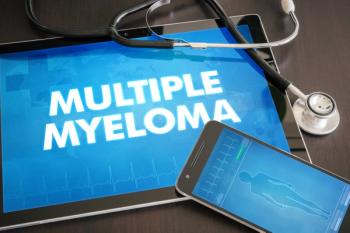
Scientists do not yet have a full understanding of how multiple myeloma develops, but a new article suggests the gut microbiome is one factor that may play a role.

A new study suggests that people living with multiple sclerosis (MS) are often concerned about the costs of their care, but they do not always raise the concern with their doctor.
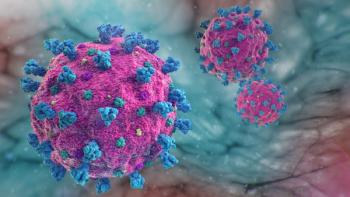
A new study that looked at a cohort of 58 patients with multiple myeloma (MM) who contracted COVID-19 found the disease itself does not appear to be linked with higher mortality when these individuals are hospitalized.

There are promising signs that chimeric antigen receptor (CAR) T-cell therapies might lead to meaningful advances in the therapy of multiple myeloma. However, investigators will first need to clear a number of key hurdles.

Most patients who have multiple sclerosis (MS) begin with a relapsing-remitting phase and eventually transition to a secondary progressive phase. In between is believed to be a “transitional” phase, but scientists have yet to discover how to clearly identify patients in transition.

Patients with B-cell non-Hodgkin lymphomas and B-cell acute lymphoblastic leukemia can benefit greatly from chimeric antigen receptor (CAR) T-cell therapy, but providing that therapy has become much more difficult in the age of coronavirus disease 2019 (COVID-19).

Patients between the ages of 18 and 39 who are diagnosed with solid-tumor cancers are more likely than the general population to have germline mutations that could make them more susceptible to secondary primary cancers, according to new research.

Minimal residual disease (MRD) status has been shown to be a better indicator of the prognosis of a patient with multiple myeloma (MM) than “complete remission.” Yet, it’s still not widely used in the clinic. A new article examines the problem.

Most studies of patients with diffuse large B-cell lymphoma do not include those over the age of 80. However, a new study says those patients, like younger patients, benefit from receiving rituximab and anthracycline in their chemotherapy regimens when possible.

A new case report highlights the potential links between certain acute cardiac issues and the early stages of multiple sclerosis.

Diagnosis pediatric acute lymphoblastic leukemia (ALL) can be a costly and cumbersome experience. New research has identified microRNA signatures that could simplify the process of diagnosis and classifying the cancer.

A new survey finds patients, caregivers, and medical professionals have somewhat different priorities when considering treatment options for multiple myeloma.


Patients with sickle cell disease who do not receive treatment can die from the disease, but diagnostic resources are scarce in some parts of the world where the disease is most prevalent. A new smartphone-based method could change that.
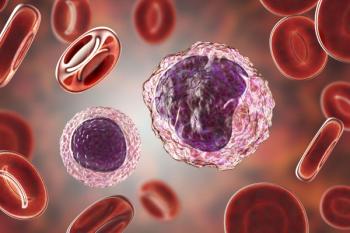
Patients with relapsed/refractory T-cell lymphoblastic leukemia face poor outcomes, and are generally treated by salvage therapy followed by allogeneic hematopoietic stem cell transplant. A new study suggests an optimal option for salvage therapy.
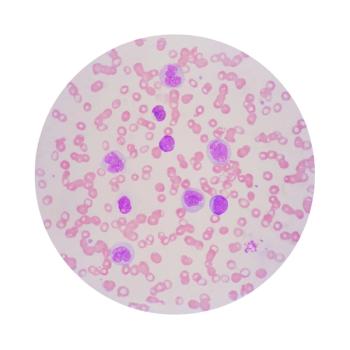
A subset of patients taking ibrutinib as a therapy for chronic lymphocytic leukemia (CLL) will require dose modifications. A new study attempts to evaluate the impacts of such changes, though the authors find many questions remain unsolved.
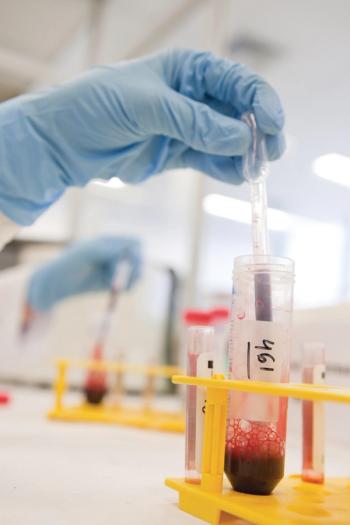
A new large randomized trial indicates induction therapy including lenalidomide is optimal in patients with multiple myeloma who are transplant-eligible. Maintenance with lenalidomide was preferable to observation alone following transplant.
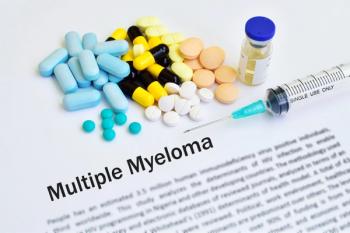
Patients with multiple myeloma (MM) face higher risks of certain metabolic syndromes, but new research suggests those risks exist even in patients with smoldering MM.

Accurate risk assessment is a highly technical process for patients with acute myeloid leukemia (AML). A new tool could help make such assessments available even when patients can’t get to a specialty care center.
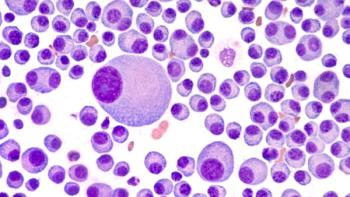
A new study finds a significant proportion of patients with multiple myeloma (MM) who receive lenalidomide maintenance will see their disease response deepen and many will achieve minimal residual disease negativity.

Peripheral T-cell lymphoma (PTCL) has been a challenging nemesis for scientists, in large part because it is a widely heterogeneous disease. However, new research into biomarkers for the cancer may lead to better therapies soon.

New therapies for autoimmune conditions like rheumatoid arthritis (RA) highlight the potential of metabolic targets. A recent study highlights some of the most promising targets.

As investigators have learned more about how to diagnose and categorize smoldering multiple myeloma (SMM), a new review article argues there’s insufficient data to evolve beyond a close observation approach.
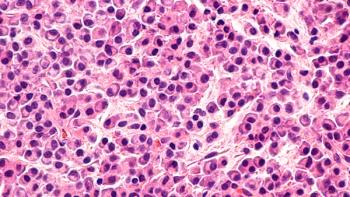
A new review article outlining research into multiple myeloma with central nervous system (CNS) involvement explains the many reasons it is difficult to diagnose and treat the disease.

Clinicians use the presence or absence of minimal residual disease as a metric by which to judge the efficacy of therapy in patients with hematological malignancies. A new review article interrogates whether that approach aligns with patient-centered outcomes.

New advances in therapy have led to better long-term survival rates in patients with hematologic malignancies, but there are some caveats to the good news.

Despite some clues, scientists don’t yet understand which patients with psoriasis are likely to eventually develop psoriatic arthritis; solving that riddle could have major impacts on patient care.

259 Prospect Plains Rd, Bldg H
Cranbury, NJ 08512
© 2025 MJH Life Sciences®
All rights reserved.
